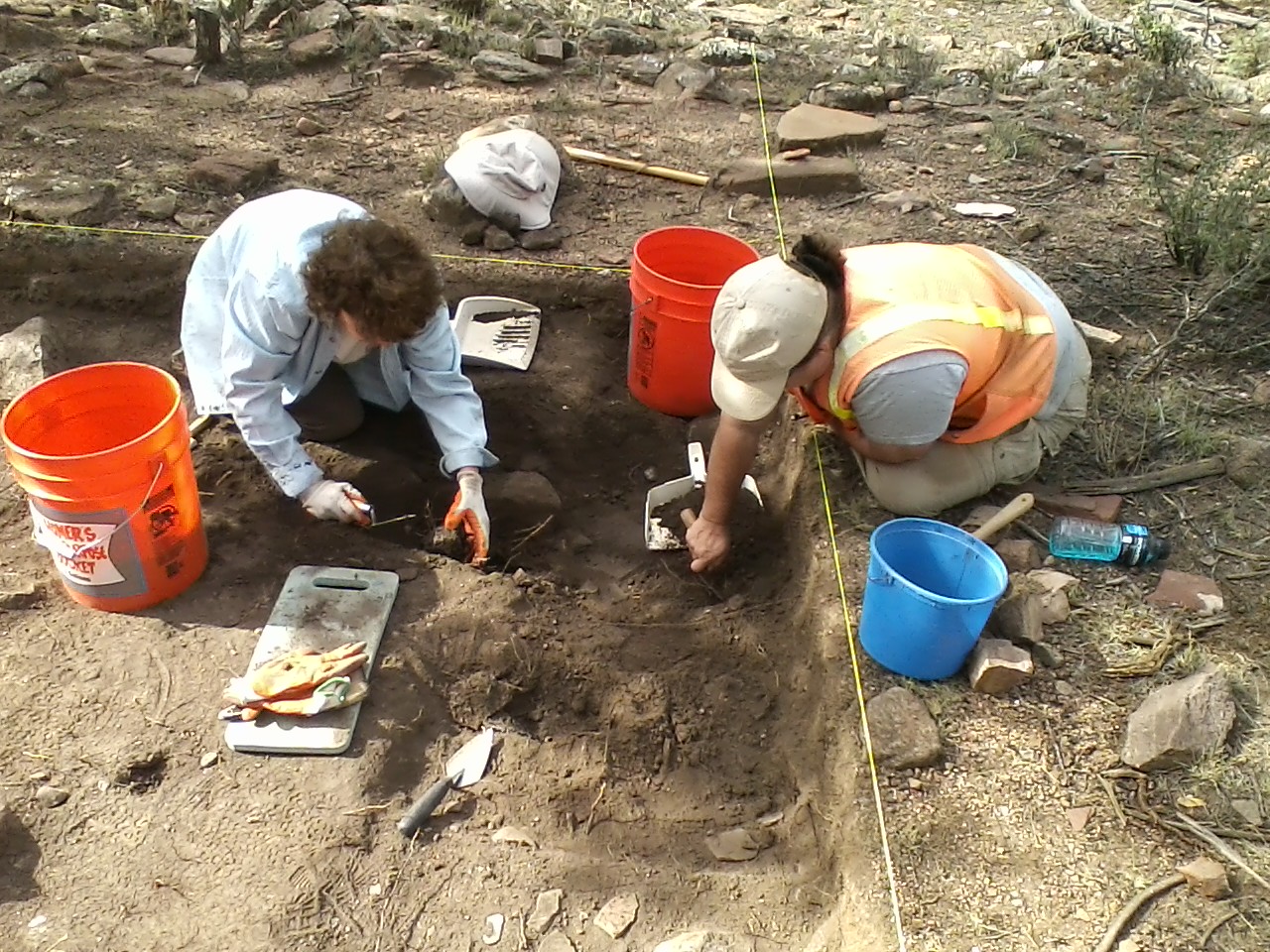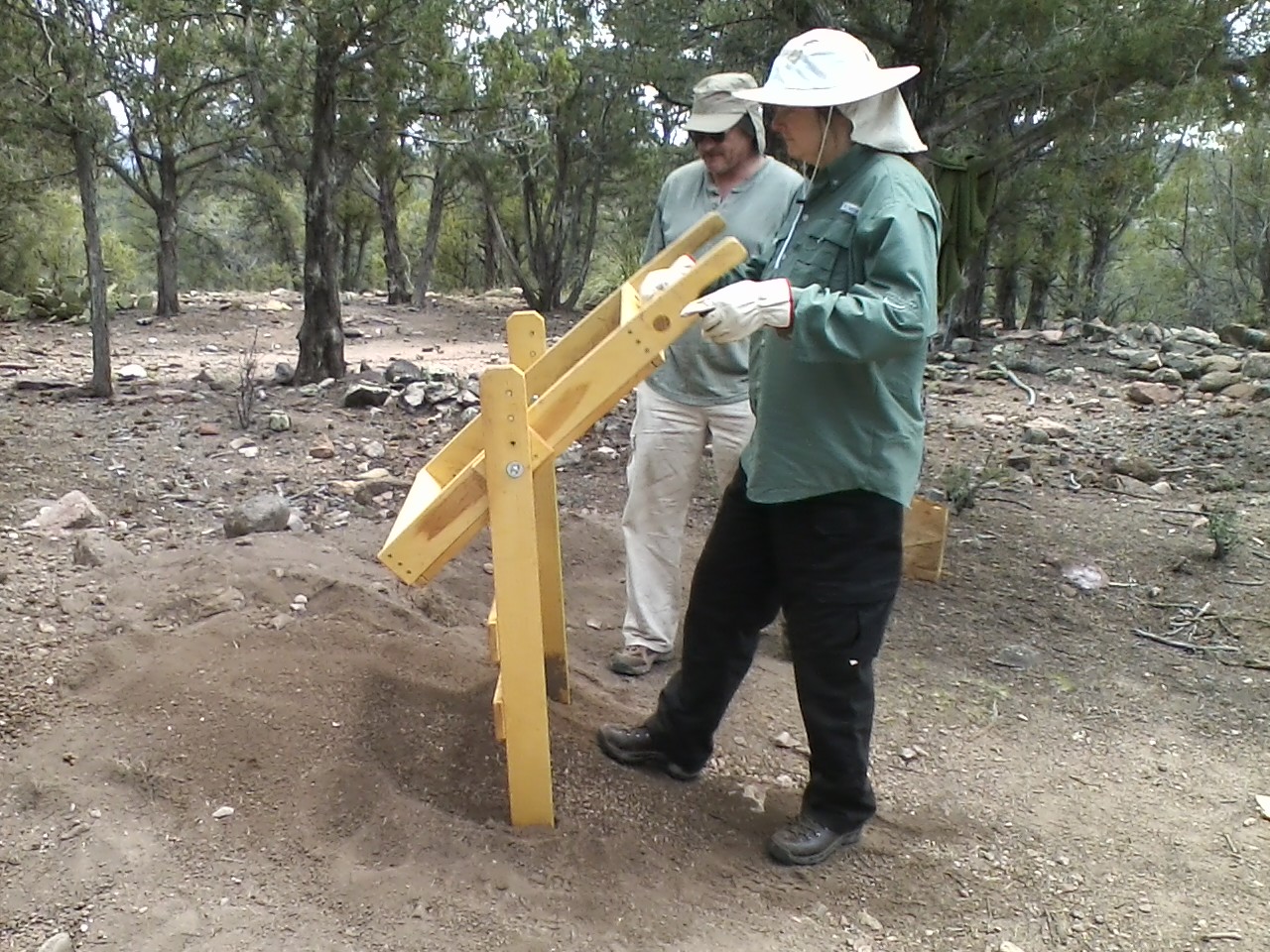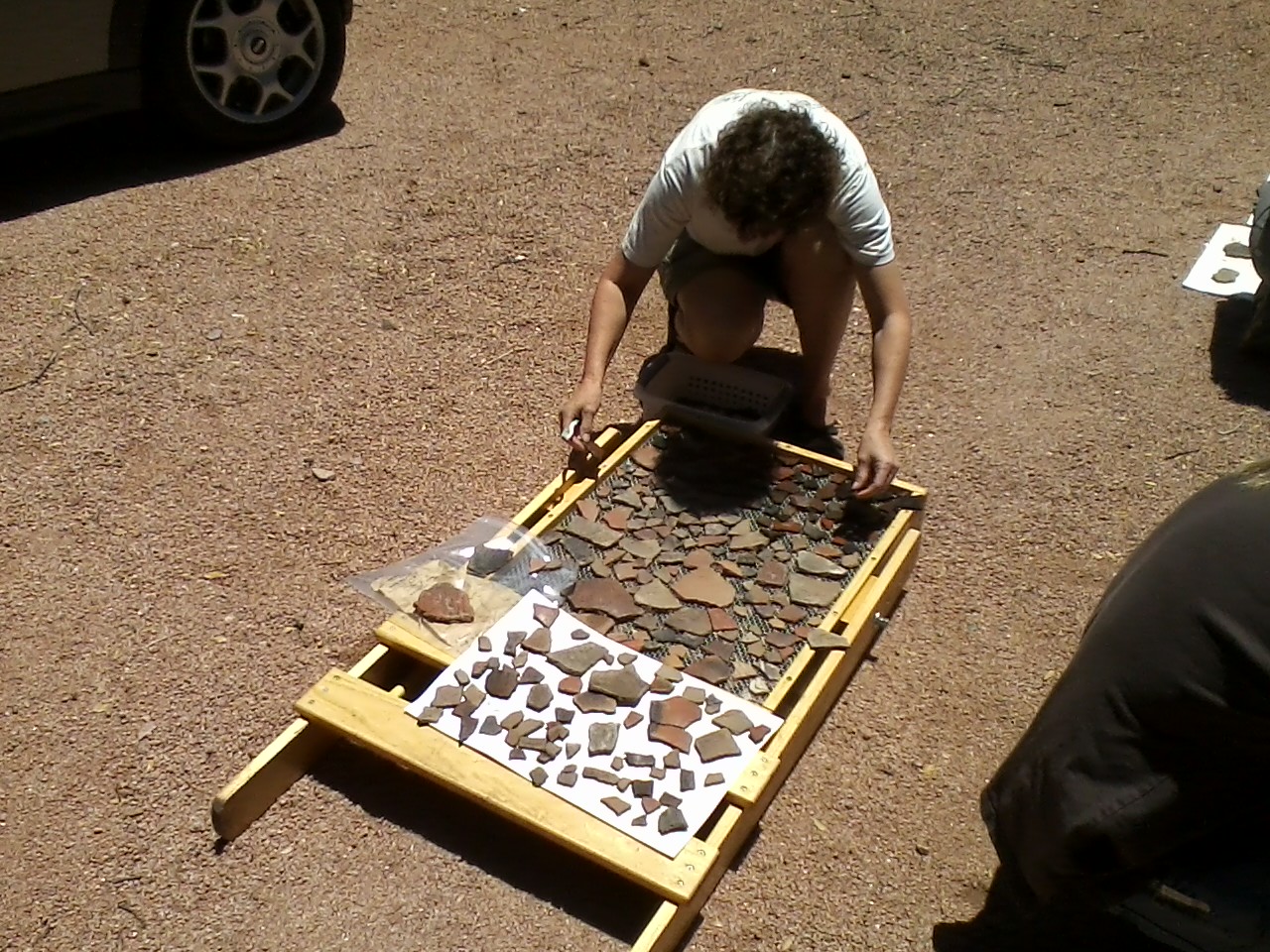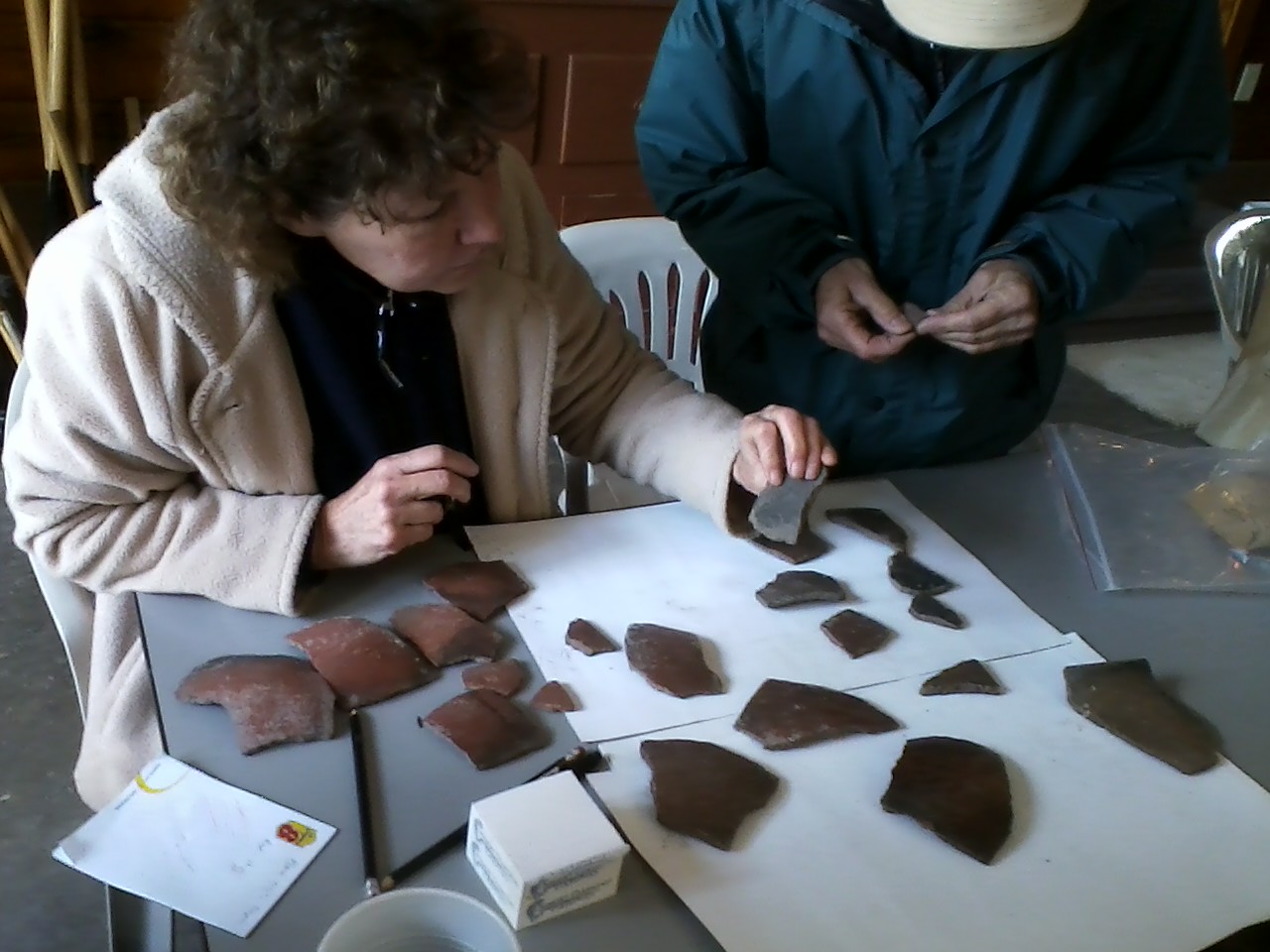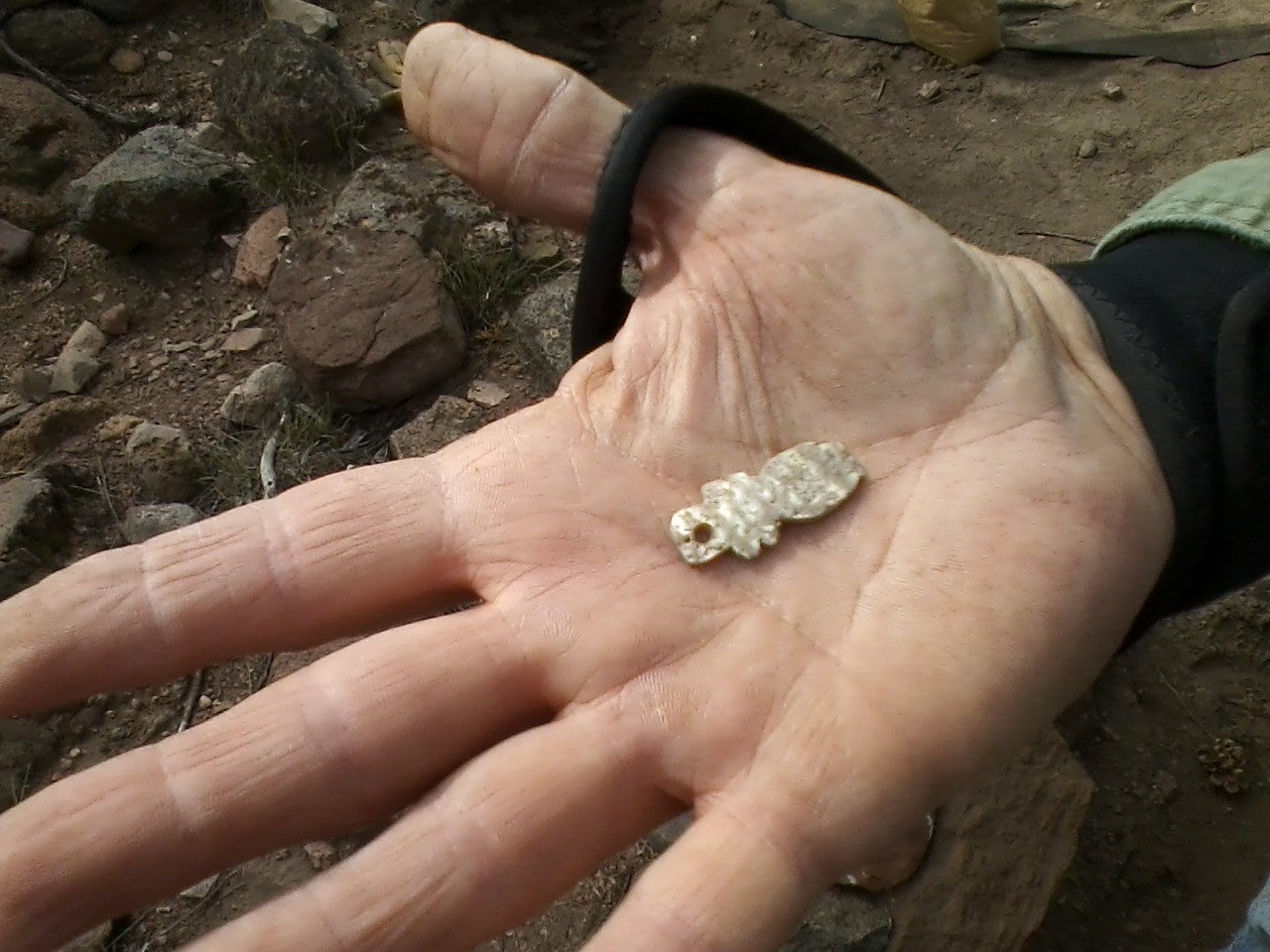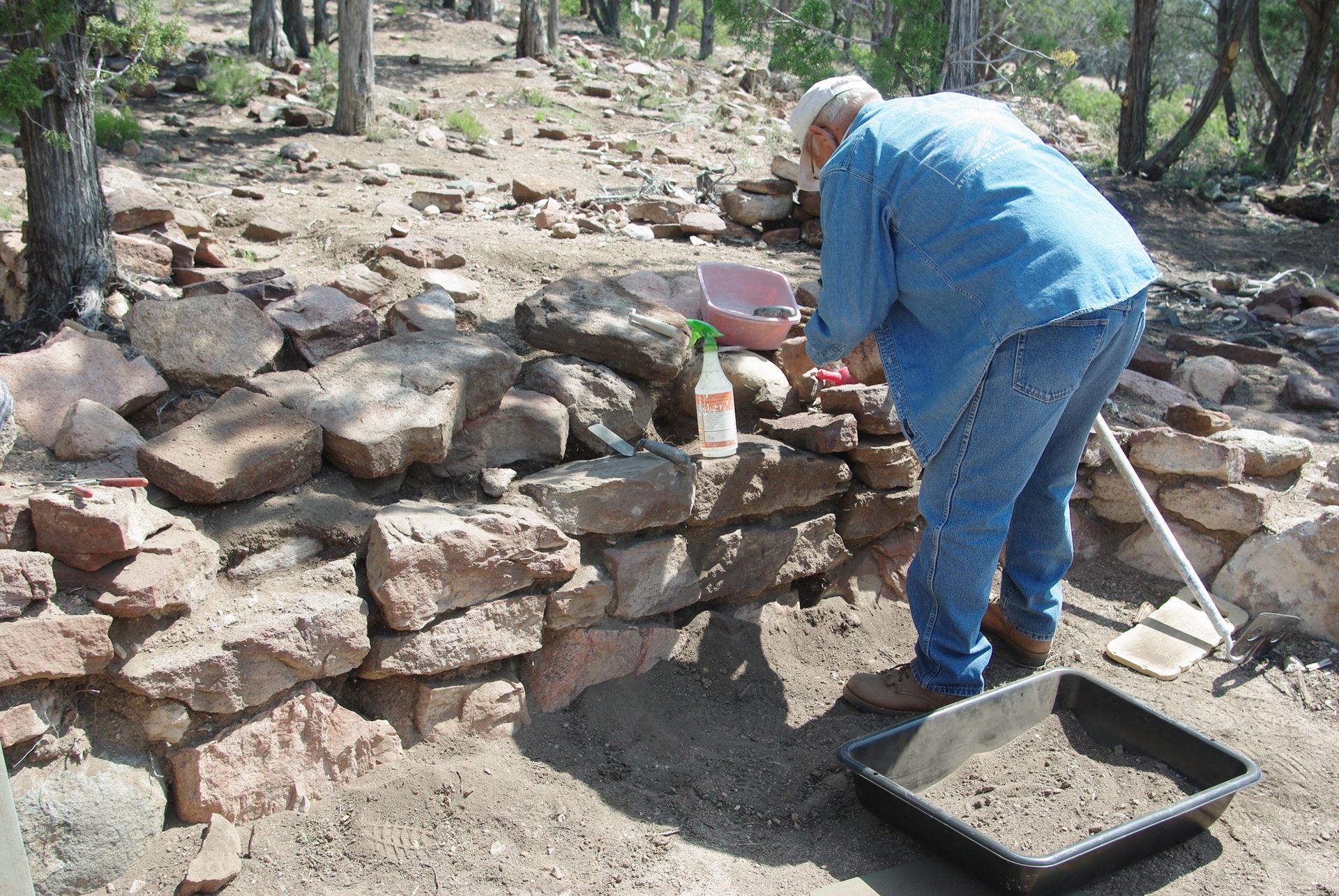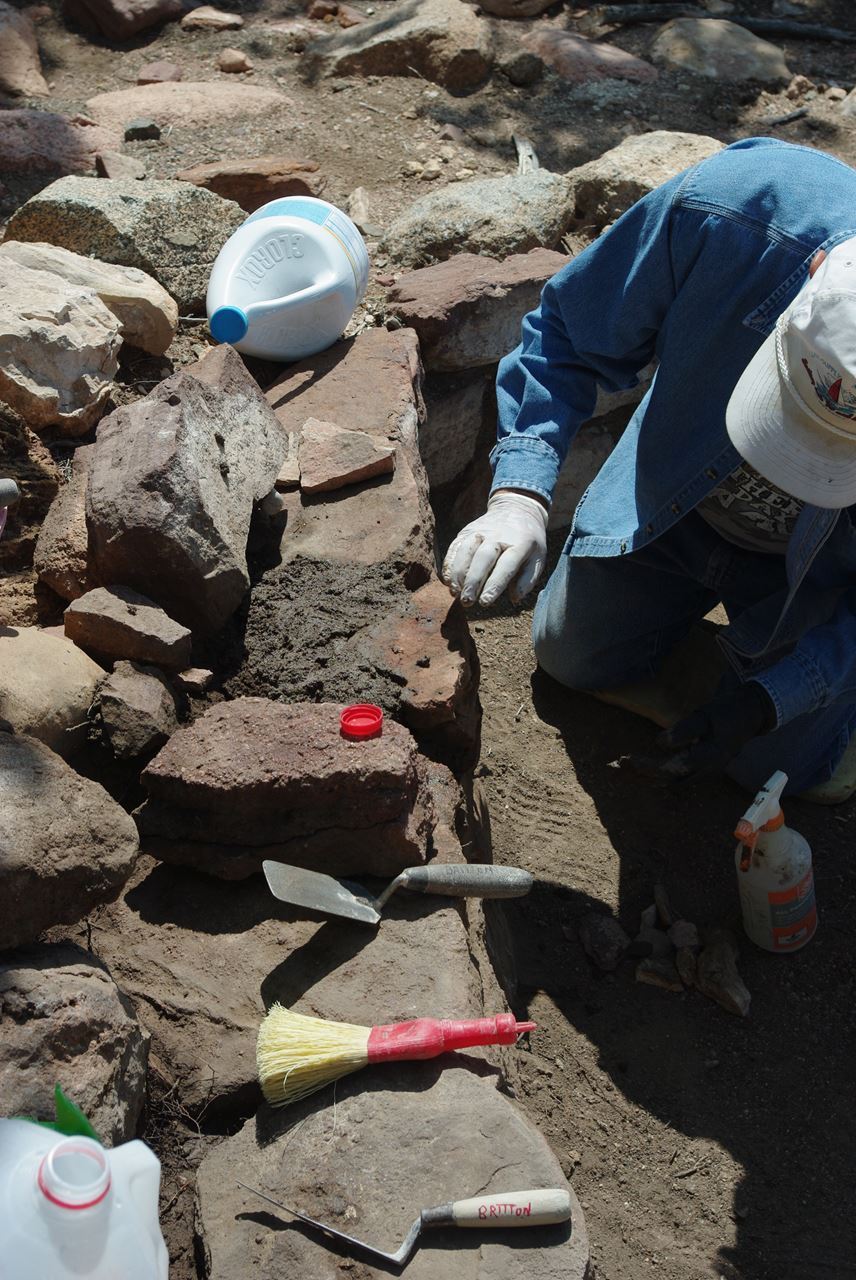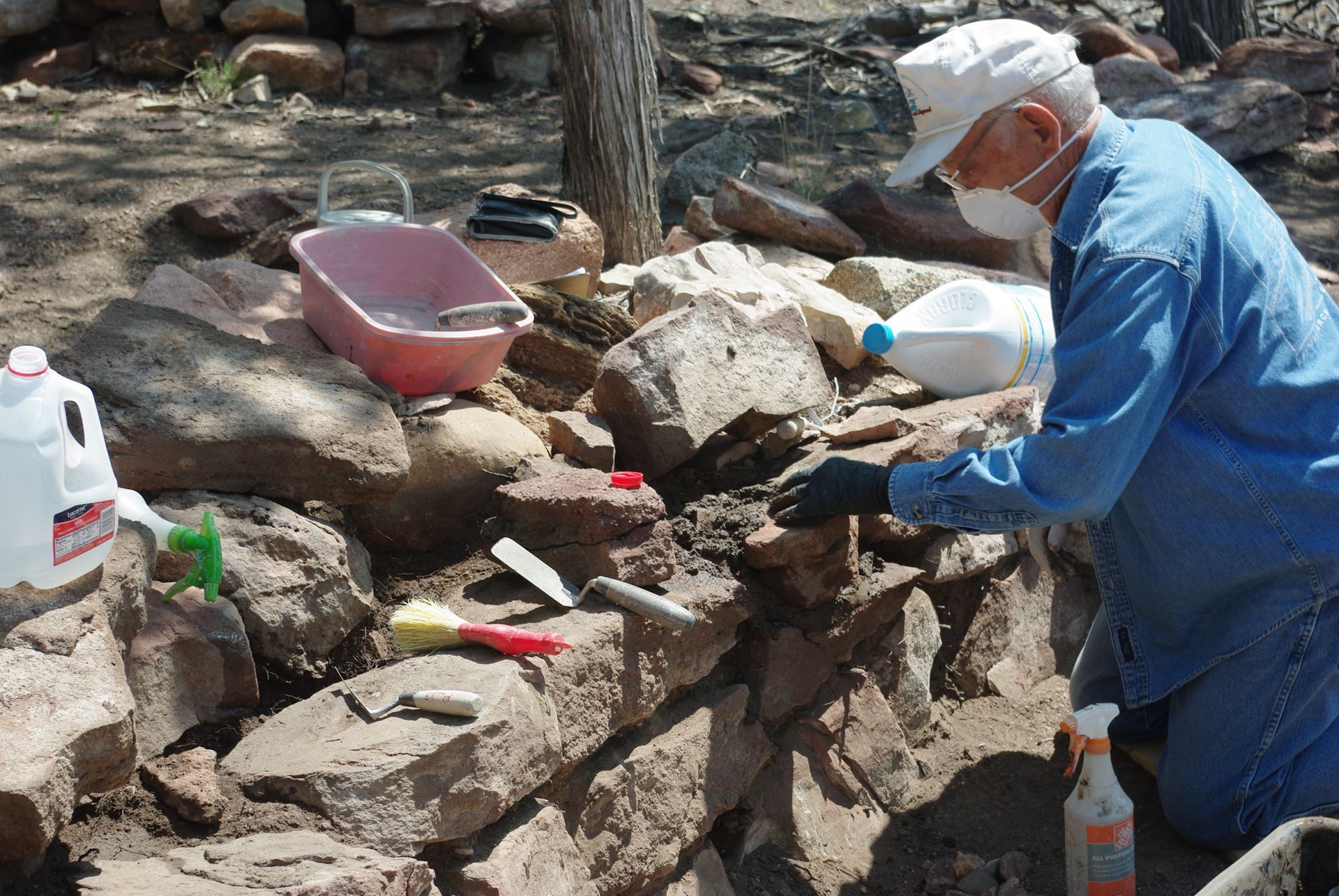
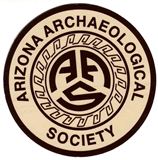
GOAT CAMP EXCAVATIONS FALL 2025 Hey, Goat Campers (and Bear Flatters)! Goat Camp Now that it’s finally stopped raining (I hope), it’s time for our last scheduled session before winter break, this Saturday, December 13! No indication of rain on the horizon and the temperatures should be ideal – 40s in the morning, 70 by cleanup. So let’s do it again! .Same time (0900-1500), same place. We’re still focused on Room 8 and getting down to the floor and on finally defining that awful excuse for a floor in Room 43 If this will be your first time with us, the work site is easy to find. Bring your lunch, gloves, water, sunscreen, maybe a jacket, and wear sturdy footgear. We will have tools and provide OJT. Bear Flat As most of you know, we are still working on our small excavation at a site on private land in Bear Flat east of Payson along Tonto Creek. We are scheduled to return that project Sunday, December 14. The site is small and appears to consist of one low rock wall founded jacal room. Our last session there managed to clear most of the multi-coursed wall and entrance. We’re getting some prehistoric artifacts out of it, but not many. It appears to be filled with undifferentiated and non-stratified flood deposits from Tonto Creek (one major event?), and may still have a recognizable floor, but we still have a lot of fill to remove and a bit of wall to define. We will be carpooling from there with as few vehicles as possible. Please be on time – BF is gated and we need to go in together. High clearance is highly recommended; 4WD is not necessary but does make climbing back out of the canyon a bit easier and is recommended if the road is wet, though it shouldn’t be. We’ll probably work a similar schedule to Goat Camp and try to have everyone back to the highway by 1500. Or so. As always, please let me know if you are coming – and which day(s). Cheers, Scott Wood, retired Tonto archaeologist and Rim Country Adviser, leads the excavations at Goat Camp and Bear Flat. Excavation Goat Camp: December 13 March 14 April 11 and 25 May 9 and 23 June 6 Bear Flat: December 14 Lab June 13 and 14 (and as needed) Online from April 23, 2022 drone view of Goat Camp Online from April 10, 2022 “Goat Camp Virtual Field Trip” with archaeologist J. Scott Wood sponsored by Arizona Archaeological and Historical Society (AAHS), Tucson Online from June 17, 2021 “The Goat Camp Ruin Project Volunteer Archaeology in Central Arizona” with J. Scott Wood for Old Pueblo Archaeology Center AAS Goat Camp Tour Sept. 17, 2022 Goat Camp Ruin is located in Payson and was occupied from about 750 to 1280 AD. The site was originally a Hohokam colony that continued to be occupied through the Classic Period. The Classic Period occupation is called "Payson Tradition" or "Northern Salado". After several changes in ownership and extensive pot-hunting, the city of Payson took over ownership of the site. The Rim Country Chapter, with Scott Wood’s assistance, proposed creating an archaeological interpretive site as well as a hiking trail for this 6-acre parcel of land, similar to that of nearby Shoofly Ruin. Scott has led groups of volunteers each spring and fall for the past few years excavating and interpreting areas within the overall complex. The goal is not rebuilding or total excavation, but knowledge and Ceramic Checklist First Season Report Master Development Plan Third Season Report Excavation and Stabilization Plan Fourth Season Report Goat Camp 2018 Fall Plan Fifth Season Report Goat Camp 2019 Spring Plan Sixth Season Report Goat Camp 2020 Spring Plan Seventh Season Report Goat Camp 2020 Fall Plan Rev Eighth Season progress impeded by pandemic Goat Camp 2021 Spring Plan Ninth Season Report Virus Protocol Rev Tenth Season Report
EXCAVATION
SCREENING CLEANING ARTIFACTS
SORTING AND IDENTIFYING ARTIFACTS JIM BRITTON STABILIZING A WALL |
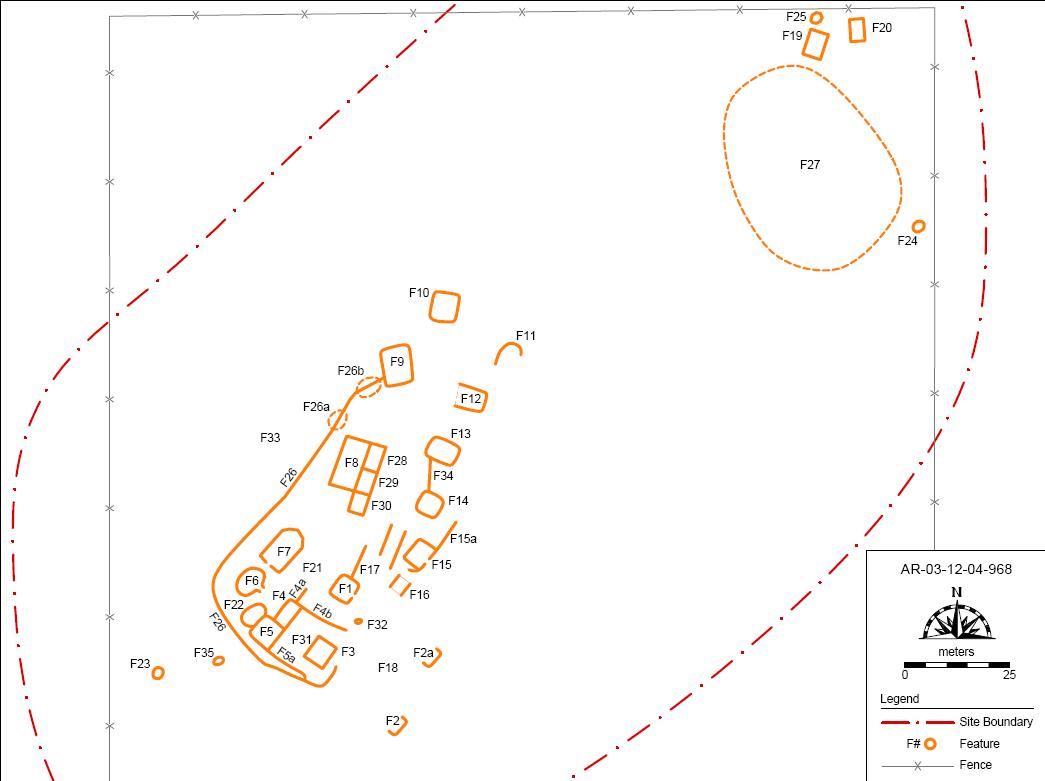 public education through an interpretive package. Shoofly excavation reports are at the bottom of the
public education through an interpretive package. Shoofly excavation reports are at the bottom of the 
